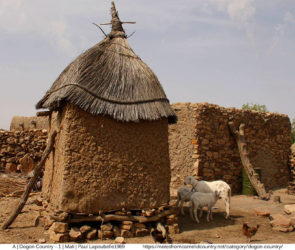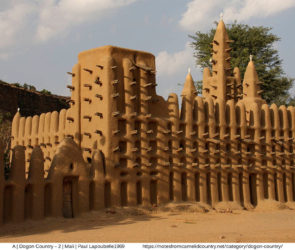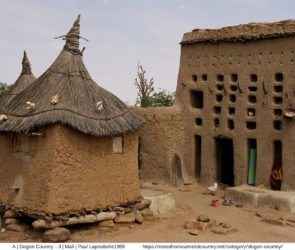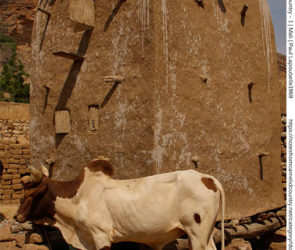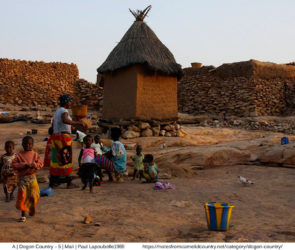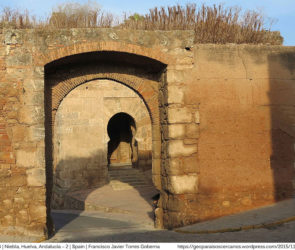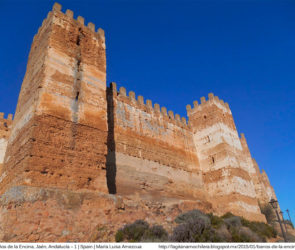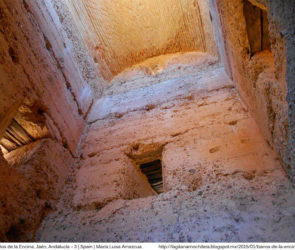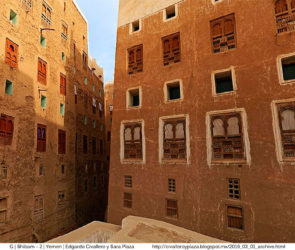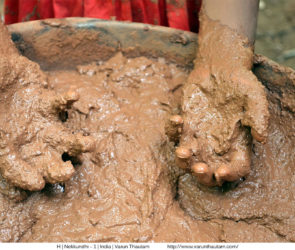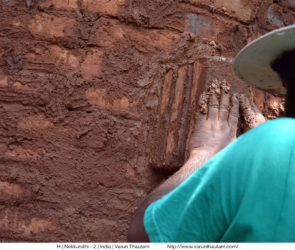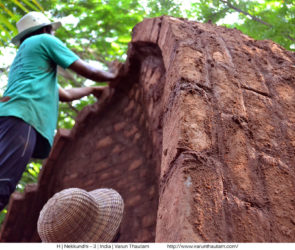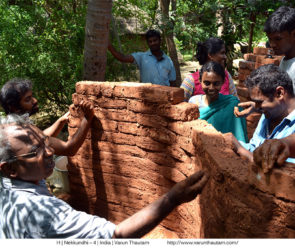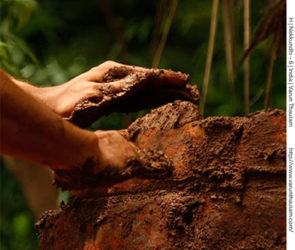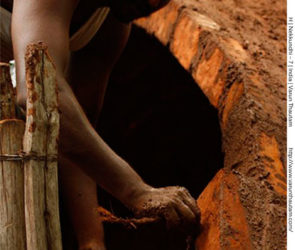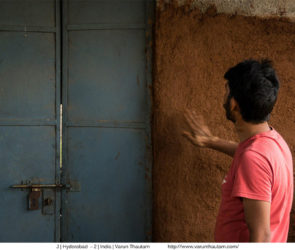The Raw Earth and the Ecological Benefits of the sculptures
The Raw Earth and the Ecological Benefits of the sculptures
The carbon footprint of RAW EARTH SCULPTURES is extremely low.
The production of Portland cement represents 5% of the world emissions of CO2.
Melting metals like bronze represents another case of high CO2.emmisions.
The emissions to build a sculpture with raw earth are almost zero.
Constructions in raw earth have proven resistant to the most inclement weathers. There is no other human creation as long and old as the Chinese Wall, built mainly with rammed earth.
Stuccos and lime mortars have also proven resistant for millennia. Such is the case of cisterns, dams and dykes built during the golden age of the Roman Empire that are still in use.
The use of old techniques for raw earth building in contemporary architecture has been permanently tested during the last 40 years by institutions like the Mexican CENTRO DE FISICA APLICADA Y TECNOLOGÍA DE LA UNAM. Beyond our borders tests and evidence are led by centers like:
CRATERRE (International Center of Earth Architecture, in Grenoble, France).
CALEARTH (The California Institute of Earth Art and Architecture, USA)
AVEI (Auroville Earth Institute, Auroville, India).
http://craterre.org/
http://www.calearth.org/
http://www.earth-auroville.com/
The interest of building with raw earth among the urban populations is growing exponentially.
International venues are more and more devoted to the so called bio-building processes.
That was the case of the Biennale Venezia Architettura 2016 and the Terra Award 2016 in Grenoble France.
http://terra-award.org/
The processes and techniques in my own sculptures will be endorsed by different specialists such as Laurent Coquemont, head of the conservancy and restoration of the earth treasures at the Alhambra in Granada, Spain.
One of the goals of the RAW EARTH SCULPTURES is to build them on site using local materials and local workforce. Nevertheless I will be travelling to the site of a commissioned project with collaborators like the architect and Cob expert Pedro Pizarro.
The techniques for my sculptures are going to be mainly Cob, rammed earth and casting of lime mortars. No Portland cement or plastic polymer will be used at all.
All the buildings in the pictures of this gallery are made with raw earth.
The tall buildings of Shibam, Yemen are from the XVI century.
The castles and fortifications from Andalucía, Spain are from the X century.
SOURCES
A | Dogon Country 1 – 6 | Mali | Paul Lapoubelle1969
https://notesfromcamelidcountry.net/category/dogon-country/
B | Niebla, Huelva, Andalucía 1 – 2 | Spain | Francisco Javier Torres Goberna
https://geoparaisoscercanos.wordpress.com/2015/11/
C | Baños de la Encina, Jaén, Andalucía 1 – 3 | Spain | María Luisa Amezcua
http://lagitanamochilera.blogspot.mx/2015/01/banos-de-la-encina.html
D | Castillo de Burgalimar, Jaén, Andalucía | Spain | Lola Díaz Somodevilla
http://fotomaraton-castillos-jaen.ideal.es/foto.php?id=3201
E | Ping Yao | China | Mark Lawrence
https://reflectionsofchina.com/2012/04/24/ancient-city-of-ping-yao/
F | Tilantongo, Oaxaca 1 – 2 |
G | Shibam 1 – 2 | Yemen | Edgardo Civallero y Sara Plaza
http://civalleroyplaza.blogspot.mx/2016_03_01_archive.html
H | Nekkundhi 1 – 7 | India | Varun Thautam
http://www.varunthautam.com/
Pictures 1 – 4 by Avaneesh Thautam
https://www.flickr.com/photos/38291740@N04/sets/72157653429629070/
J | Hyderabad 1 – 3 | India | Varun Thautam
http://www.varunthautam.com/

